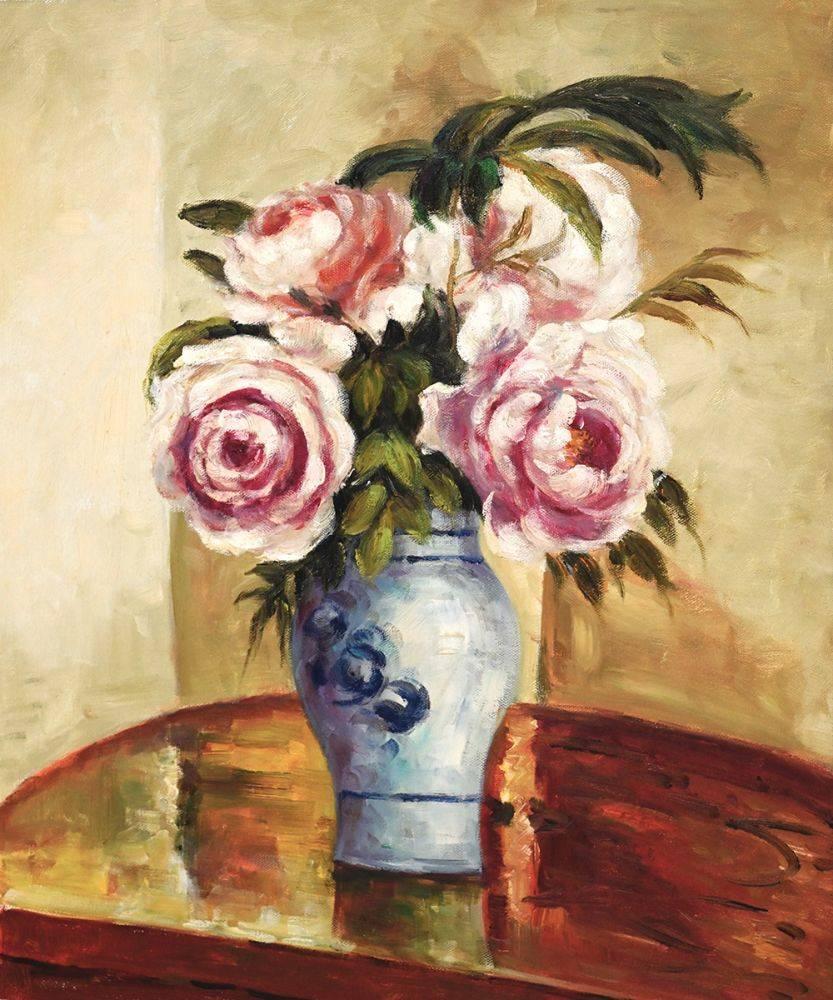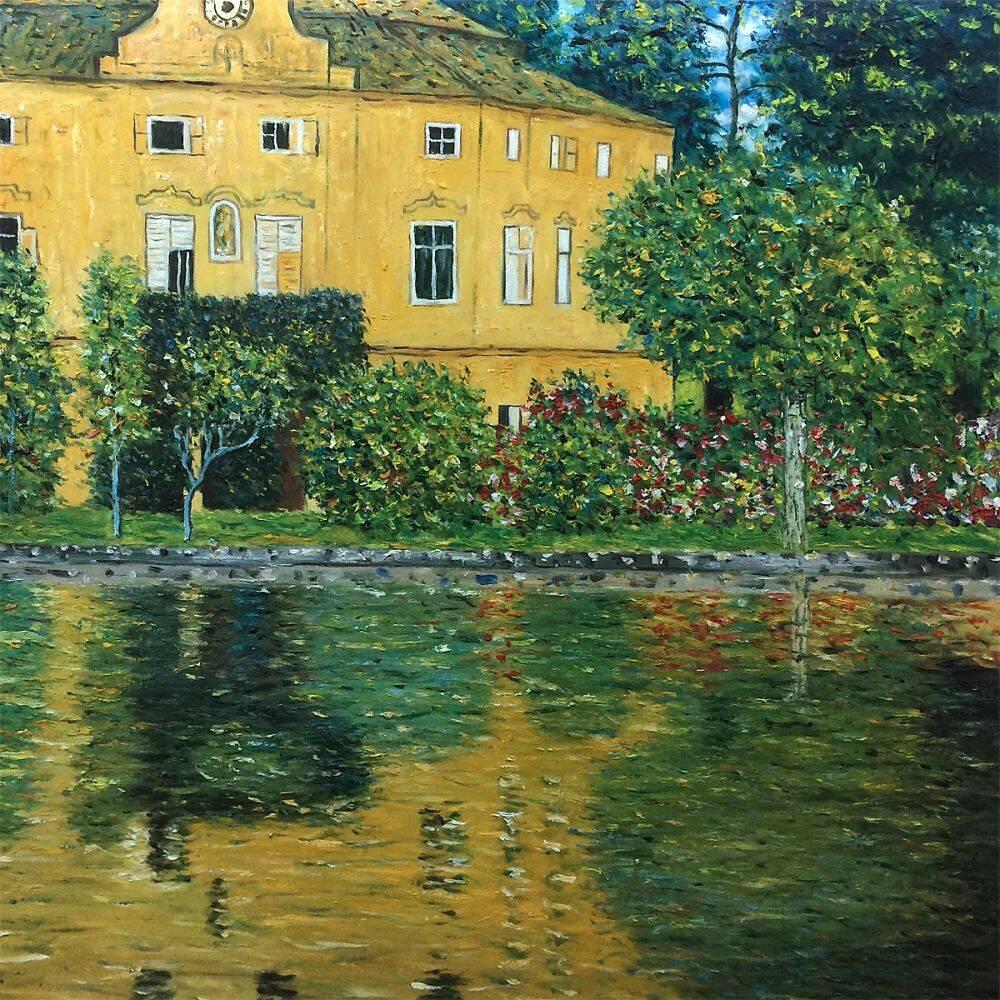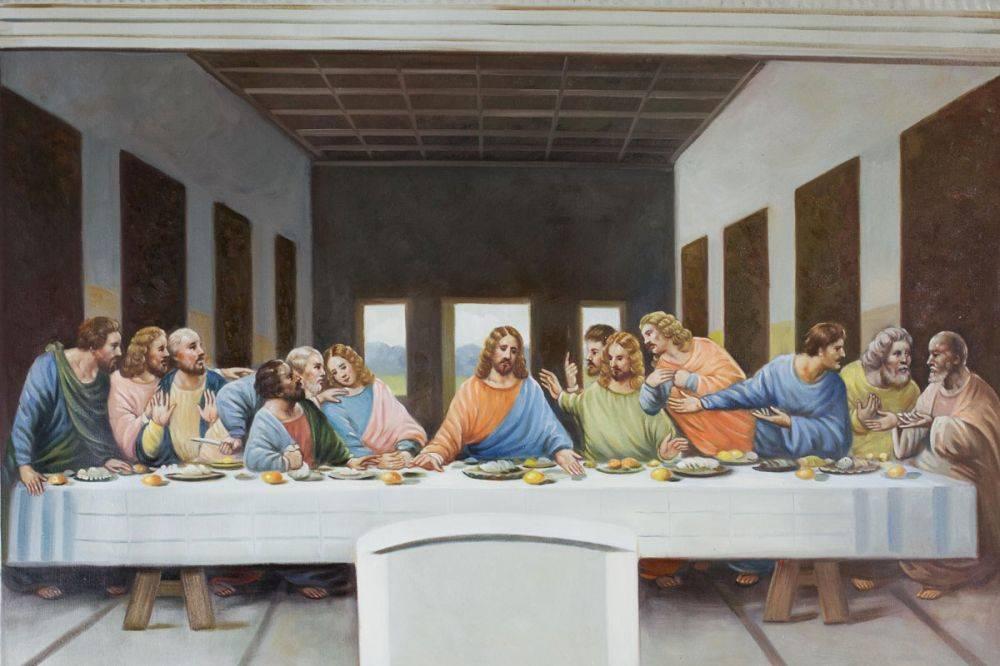Art
Diego Rivera – Bringing Art to the Public Eye
Considered the greatest Mexican artist of the twentieth century, Diego Rivera was a Cubist Painter and Muralist. His radical political views and tempestuous romance with the painter Frieda Kahlo were then, and remain today, a source of public intrigue. In a series of visits to America, from 1930 to 1940, Rivera brought his unique vision to public spaces and galleries, enlightening and inspiring fellow artists and the community.
Diego Rivera was born in Mexico in 1886. He studied painting from an early age and in 1907 moved to Paris. When in Paris, Rivera encountered the works of great masters such as Cézanne, Gauguin and Matisse. Rivera was intrigued by Cubism and Picasso’s works, but he was looking for a new form of painting, one that could express the intricacies of his time and still reach a wide audience.
It was not until he began to study the frescoes of the Renaissance that he found his inspiration. With this influence and ability of expression in public art that Rivera returned to the Americas.
Using frescoes, which are Murals done on plaster, Rivera was able to insert his work and political views into everyday lives of the people. Rivera concerned himself primarily with the progress of human development. For Rivera, the size and public display of the murals, was the perfect canvas on which to address the fundamental social revolutions that were going on in the twenties and thirties. A devoted Marxist, Rivera saw in this medium the perfect complement to the elitist galleries and collections.
Throughout the twenties his fame grew with a number of large murals depicting scenes from Mexican history. His work appealed to the people’s interest in the name of progress and political beliefs.
Rivera is perhaps best known for painting a vast mural in 1933 featuring the early communist leaders with the Founding Fathers of the United States in the lobby of the Rockefeller Building in New York. That work was destroyed before it could be completed on location.
Rivera remained a central force in the development of national art in Mexico throughout his life. In 1957, at the age of seventy, Rivera died in Mexico City.
Perhaps one of his greatest legacies, however, was his impact on America’s conception of public art. Both his original painting style and the force of his ideas remain major influences on American painting.



